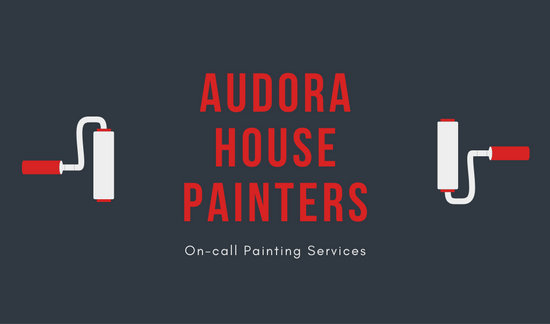Aspects To Consider For Industrial Exterior Paint By Season: Necessary Info You Ought To Have
Aspects To Consider For Industrial Exterior Paint By Season: Necessary Info You Ought To Have
Blog Article
Authored By-Doherty Urquhart
When you're preparing a business outside paint project, seasonal factors can make or damage your outcomes. You'll wish to think about exactly how temperature level and humidity impact paint application and drying out times. Selecting the ideal period can ensure your paint sticks correctly and lasts longer. However which seasons are genuinely the most effective for this type of work? Allow's explore the crucial elements that can impact your project's success.
The Effect of Temperature on Paint Application
When you're preparing a commercial exterior painting job, the temperature can significantly influence just how well the paint adheres and dries out.
Ideally, you intend to paint when temperatures vary between 50 ° F and 85 ° F. If it's too cool, the paint may not heal correctly, bring about problems like peeling off or splitting.
On the flip side, if it's too warm, the paint can dry out also swiftly, avoiding proper adhesion and causing an irregular finish.
You must likewise consider the moment of day; early morning or late afternoon provides cooler temperature levels, which can be extra favorable.
Always examine the maker's suggestions for the certain paint you're utilizing, as they frequently offer support on the perfect temperature level variety for ideal outcomes.
Moisture and Its Impact on Drying Times
Temperature isn't the only environmental element that affects your commercial external painting task; humidity plays a substantial duty too. High moisture degrees can decrease drying out times dramatically, affecting the general top quality of your paint job.
When the air is saturated with dampness, the paint takes longer to cure, which can cause issues like inadequate adhesion and a greater danger of mold growth. If indoor house painters in my area on an especially damp day, be planned for prolonged delay times in between layers.
It's crucial to keep an eye on regional climate condition and strategy accordingly. Ideally, aim for humidity degrees between 40% and 70% for optimal drying.
Keeping these factors in mind ensures your job stays on track and supplies a lasting coating.
Best Seasons for Commercial Exterior Painting Projects
What's the best time of year for your industrial exterior paint projects?
Spring and early fall are generally your best choices. Throughout these seasons, temperature levels are moderate, and humidity levels are typically lower, creating ideal problems for paint application and drying out.
Avoid summer season's intense heat, which can cause paint to completely dry as well rapidly, resulting in inadequate attachment and finish. Similarly, winter season's cool temperature levels can hinder appropriate drying and curing, taking the chance of the long life of your paint work.
Aim for days with temperatures in between 50 ° F and 85 ° F for optimal outcomes. Bear in mind to check the regional weather forecast for rainfall, as damp problems can destroy your task.
Planning around these elements ensures your painting task runs smoothly and lasts longer.
Final thought
Finally, intending your industrial exterior paint tasks around seasonal factors to consider can make a significant difference in the outcome. By scheduling job throughout the ideal temperatures and humidity levels, you'll make sure better attachment and drying times. Remember to watch on world paint companies and pick the right time of year-- springtime and very early autumn are your best choices. Taking these actions will certainly help you attain a resilient and professional finish that lasts.
